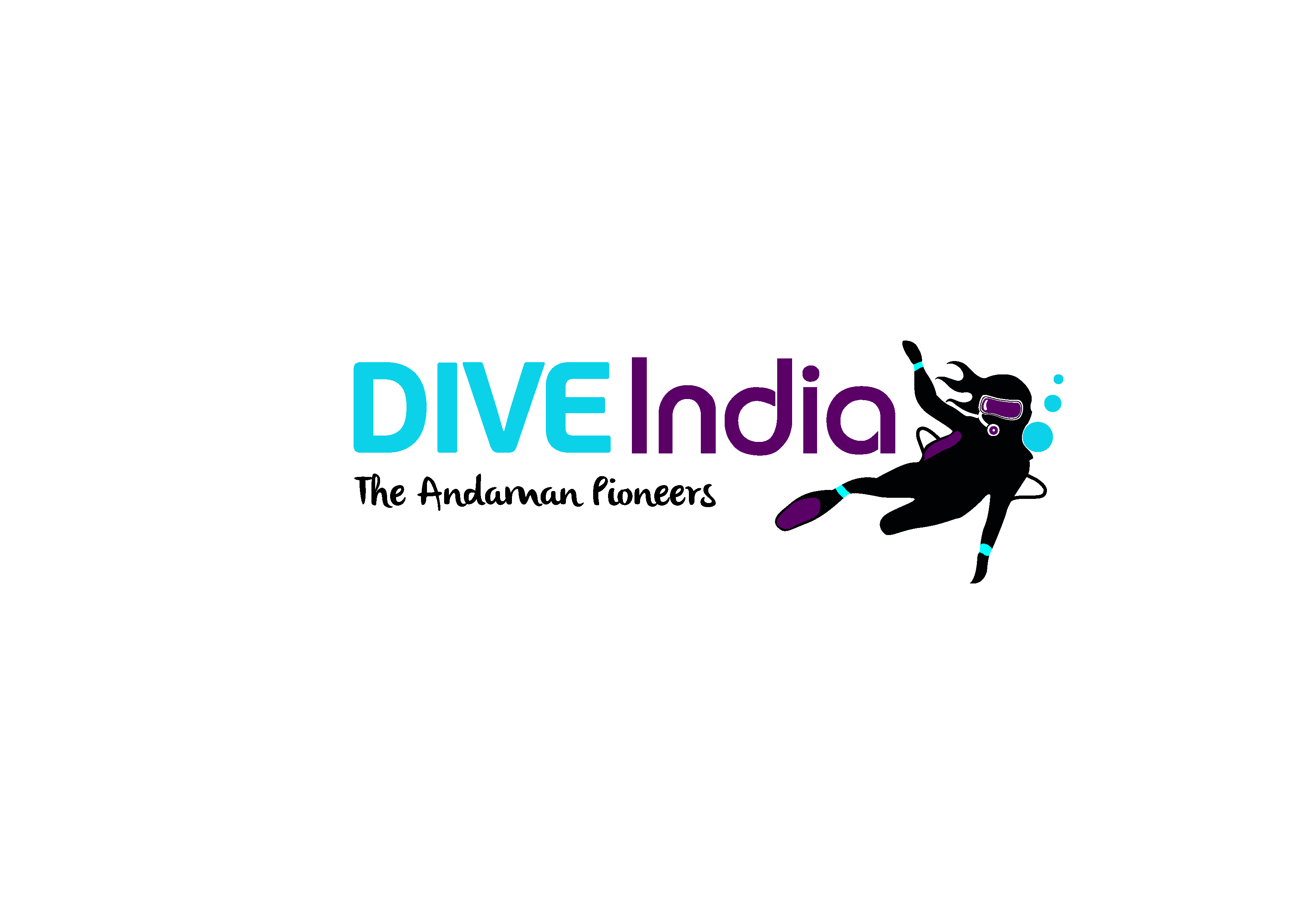Scuba diving and Safety procedures during Covid
How do we ensure Safe Diving During COVID-19 Pandemic
As things open up, many people – including us – can’t wait to get back in the water again. However, while we are all eager to start diving, we feel that some precautions are indeed necessary in these Covid times, both to ensure your safety as well as the safety of the dive professionals who will be taking you diving.
This blog is intended to discuss how to ensure maximum safety when diving.
To set expectations – nothing is perfectly safe. The only way to be perfectly safe is to be completely isolated at home and avoid contact with others. However, at this point, most of us are beyond that stage and are doing things like going to work, going out to eat, etc. etc. So there is a certain “baseline exposure” that we have chosen to accept as part of our daily routines.
The purpose of these precautions is to try to mitigate any additional risk beyond this baseline when you go diving – or even to reduce that baseline level to some degree.
So how do you know the dive shop is safe to dive with, during Covid?
There are 2 main risk vectors when diving – one is risk of transmission from equipment and the other is risk of transmission from people.
As far as equipment risk goes, here are some of steps that responsible dive centers across the world are taking to mitigate it:
- Sterilizing equipment after every day of use, using methodology recommended by Divers Alert Network or the various scuba manufacturers
- Ensuring that second stages are not shared by multiple people
- Changing mouthpieces for every diver
- Tank filling to be done with the air intake valve kept away from people
- Use of protective gear (mask, face shield) when filling scuba tanks
- Regulator and mask to be handled only by the diver using them
- Minimize handling of any scuba equipment by personnel other than the divers
- Washed gear to be kept separately and not in contact with other gear
- Sanitization of all frequent-contact surfaces on a regular basis
From a human transmission point of view, the same protocols that we are all used to so far still apply – social distancing, use of masks and frequent sanitization are still the key. A few additional steps from a diving context:
- Bring your own bottle for water and get it re-filled
- Wear a mask/shield on the dive boat for as long as possible
- Maintain some separation from other divers when on the boat
- Put on your dive mask and keep it on at all times when on the land or on the boat
- In the water, if you are going to blow your nose or something similar, do so at some distance from other divers and down current
- Move from physical classroom time to online classroom
- Do paperwork electronically, as far as possible
- Minimize the number of non-divers coming to the dive center
Keep in mind that the risk of transmission works both ways – both the dive center and divers should proactively take steps to care for each other’s safety. If you feel you have may have been exposed, please isolate yourself.
SPECIAL NOTE FOR THE ANDAMANS
The Andamans have a very low COVID caseload. Havelock and Neil are actually COVID-free. So in many ways, the risk factor there is higher for the locals and staff, as opposed to visitors – at least initially.
This risk factor in the Andamans is mitigated further. For starters, all passengers flying in are expected to undergo a COVID test shortly before arrival or upon arrival. In addition, even taking the ferry requires a recent (within 48 hours) COVID test. Second, there are regular checks of temperature at every point and also daily checks at the dive center. Lastly, the open-air nature of the activity and the eco-style rooms also reduce risk.
Footnote: This may also be a good time to buy your own regulator – and if you are interested in buying from us, we are running deals on regulators as well. Contact us if interested.



